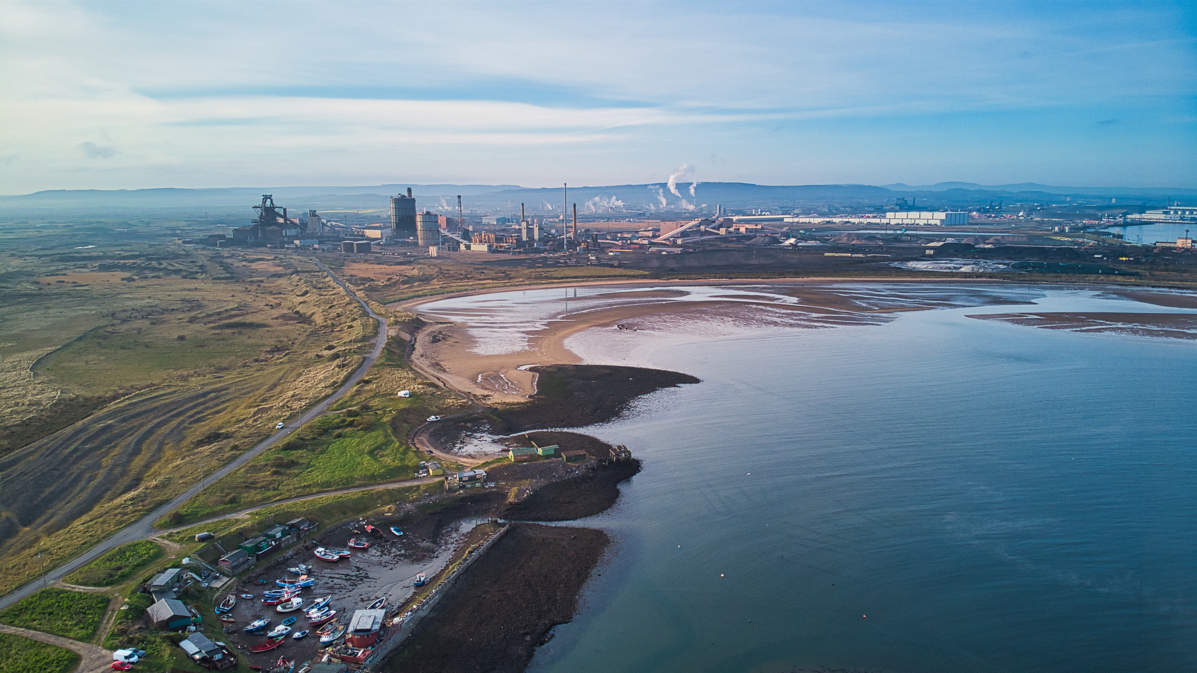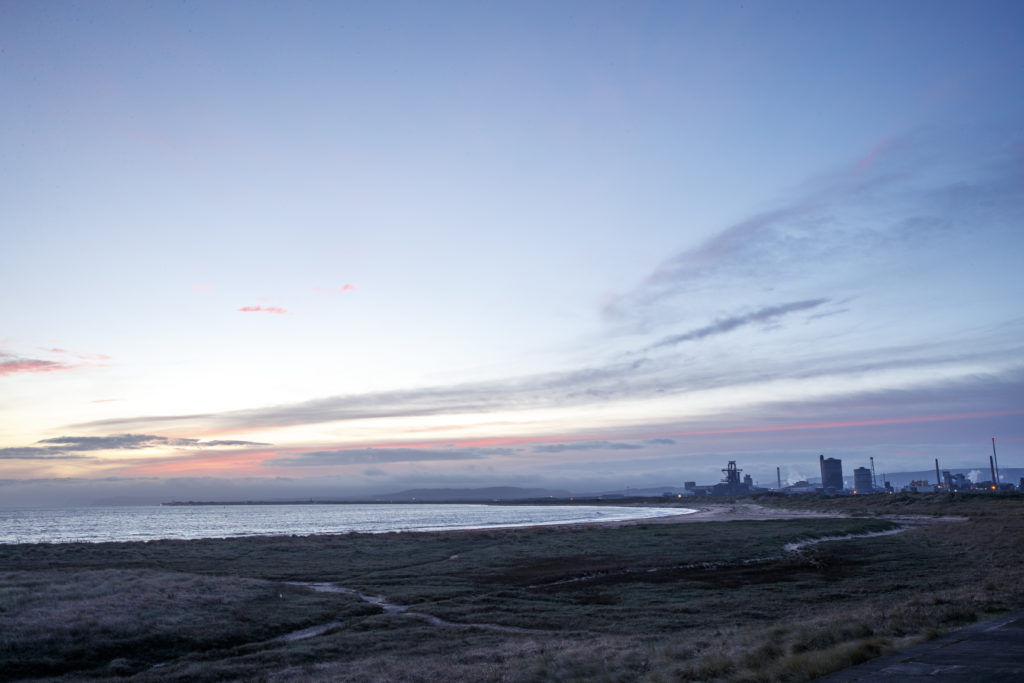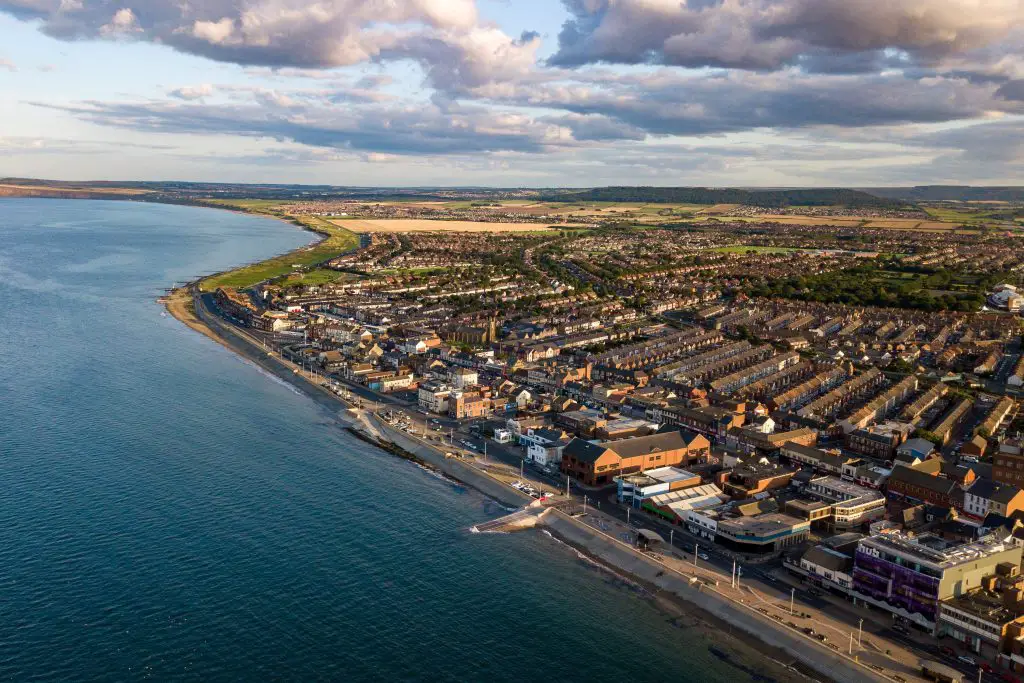UK’s $5 billion net zero strategy has officially taken shape as joint ventures announce contracts for the construction of the East Coast Cluster. Net Zero Teesside Power and the Northern Endurance Partnership have announced engineering, procurement, and partnership contracts. The EPC contracts being offered are at a combined $5B for one of the UK’s selected CCUS clusters, the East Coast Cluster. The joint venture contractors include Costain, Wood, and a consortium led by Technip Energies. The companies involved insighted that the project will be of high significance. “This would be the single biggest investment in Teesside,” said Ben Houchen, mayor of Tees Valley. It cannot be understated the transformative economic that the net-zero strategy is expected to have across the United Kingdom. The UK will be the world-leading center in developing the clean, green industries of the future. The net-zero strategy will also provide opportunities in the job market.
The Significance of the $5B Net Zero Strategy Project in the UK
The implementation of the Net Zero strategy falls in line with the UK’s government commitment to deploy carbon capture, use, and storage (CCUS). Its implementation is expected to be done in two industrial clusters by mid-2020, and a further two clusters by 2030. Furthermore, it will create ‘Super Places’ in areas such as the North East and the Humber. It will also apply to areas such as Wales and Scotland. The project is of the essence as it will capture and store 20-30 megatonnes of carbon dioxide a year by 2030. This will contribute to the UK’s target of achieving net zero emissions by 2050 and supporting a greener economy. The project is also essential in ensuring that the UK transitions to clean energy conveniently and easily. The UK government aims to put in motion the East Coast clusters and the HyNet clusters as soon as possible.
Awarded Contracts for the CCUS Cluster Projects
NEP and NZT Power have chosen Costain to oversee and manage the EPC of the East Coast Cluster’s onshore CO2 gathering systems and associated utilities. The civil engineering company recently completed front-end engineering design for elements of the net zero strategy decarbonization project. Technip Energies is a consortium including GE Vernova, construction partner Balfour Beatty, and supported by Shell. The consortium has been selected to play a central role in constructing a combined cycle plant for NZT Power. The plant will be powered by a GE Vernova gas turbine, a steam turbine, a generator, and a heat recovery steam generator (HRSG). Carbon capture will rely on Technip’s Canopy by T.EN powered by Shell’s Cansolv CO2 capture system. Up to 2 million tonnes per year will be captured from the NZT power plant.
The Construction Location of the Project
As a follow-up for the contract awards announcement on the net zero strategy, UK electricity generator RWE announced it has secured a land option in Teesside. This advances its plans for a large-scale hydrogen production plant. Initially, the plant would have an electrolyzer of up to 260 MWe and be able to produce up to 5 t/h of green hydrogen. The secured location is at the heart of Teesside’s industrial area, which is part of the wider East Coast Cluster. This would place RWE’s plant near industrial energy users and planned hydrogen infrastructure that could provide green hydrogen to support decarbonization in the region
Also read:
UK’s National Grid Electricity System Operator Proposes a $74B Grid Expansion Plan
UK: Liverpool unveils plans to build the world’s largest tidal power generator
UK-based Mace Wins The Delivery Partner Role on the World’s Largest Airport Project

